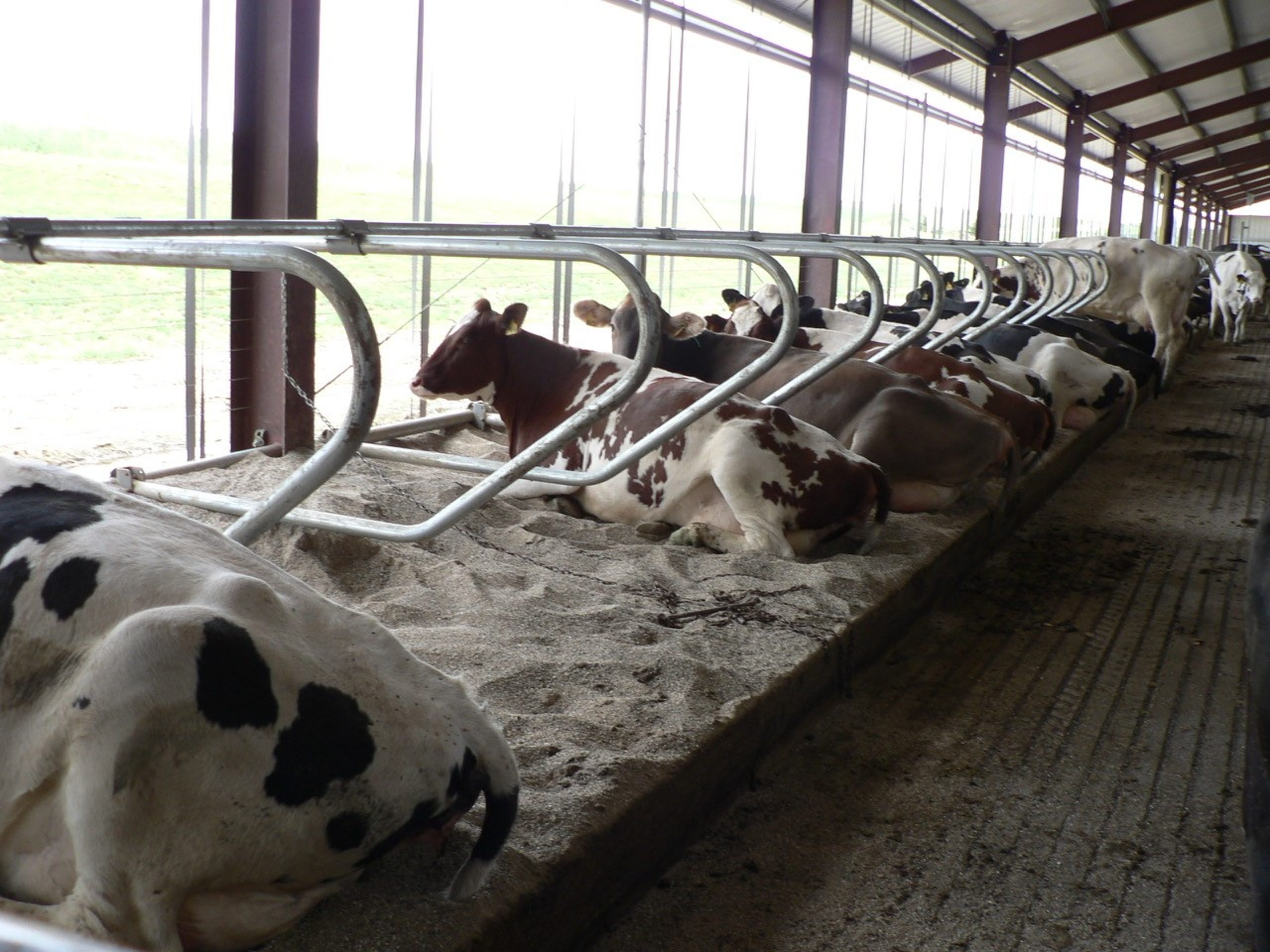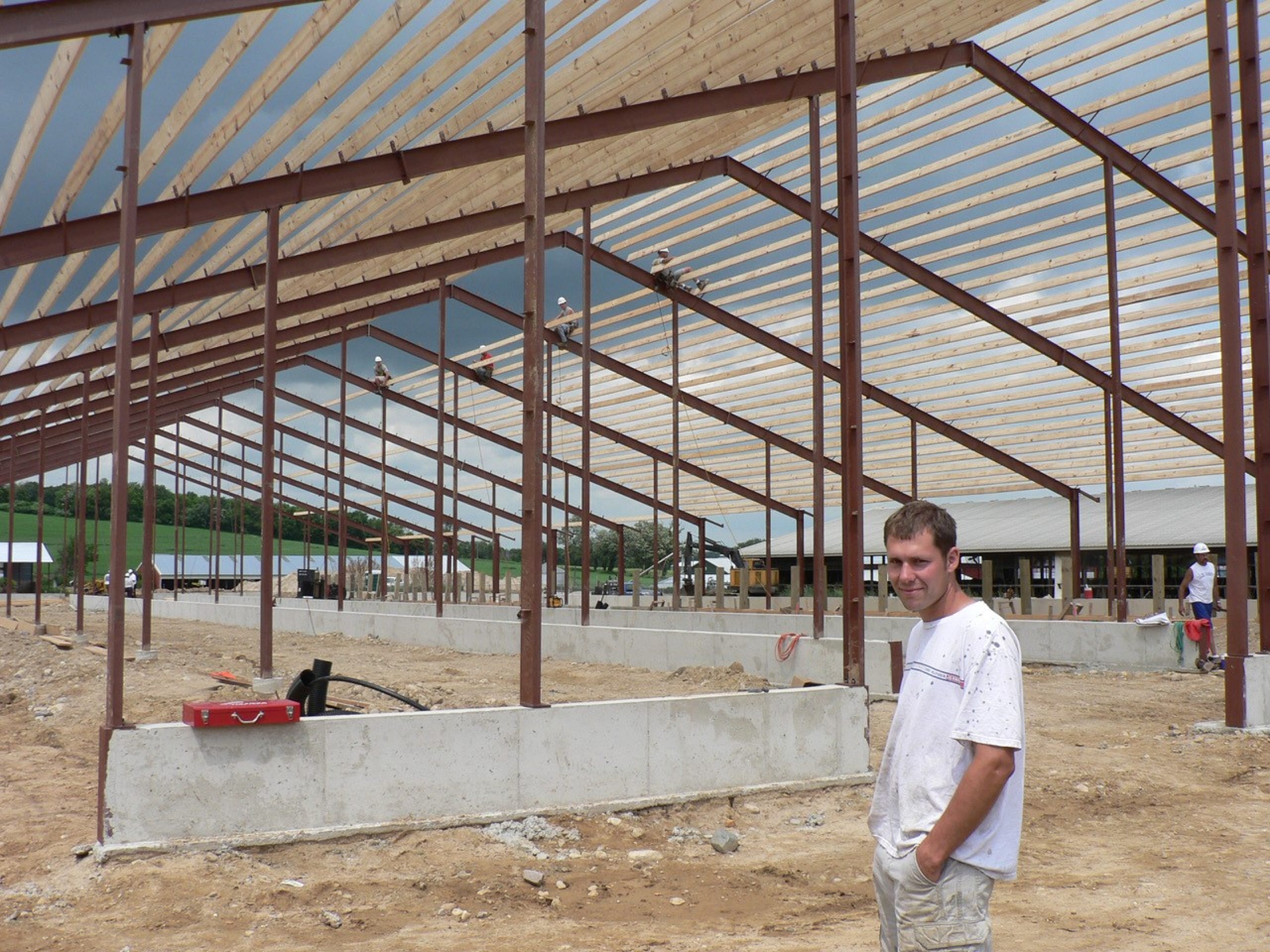
In 1968, there were 71,000 dairy farms in Wisconsin. Thirty years later that number dropped to 23,000. At the end of 2016, the number of licensed dairy farms ebbed to 9,400,and last year that figure dipped below 7,000 farms. That’s a drop of 64,000 individual dairy operations in just over half a century. It’s also a period of time that many people can relate to and remember well, especially when they drive down the rural road and see the empty barns or lonesome, still standing concrete silos.
Good old days
Farmers or former farmers will remember the days when these empty barns were full of cows and the houses full of the families that milked that herd as opposed to those farms now housing a couple of horses, a few goats or maybe a stored boat or two in the barn and a transplanted city family living in the house.
What and why?
What happened one might ask? Where did all the dairy farms go and why? Well, lots of things happened. Old stanchion barns with small narrow dairy stalls, a silo you had to climb daily, a hay baler from which you had to lift each and every bale and years without a vacation away from milking cows twice a day using buckets faded from the scene. A movement to a modern dairy operation happened.
In order to keep the family farm going and financially viable, fathers and sons combined their small farms or bought neighboring farms from operators who wanted to retire or change direction to make one bigger farm that would support an added generation. The common 80- to 160-acre farms weren’t big enough
Technology happened
Most every dairy farmer now knows you can milk 300 to 500 and maybe more cows today in the time it took the 1968 farmer to milk 60 cows. Dairy farming today is being built on technology, business plans and management decisions.
Can’t compete?
“Many farms can’t compete, are driven out by mega farms and end up as (failed) farm statistics,”some say. Wait just a minute. What do they mean by “driven out?” I have yet to meet a farmer who quit farming because they were forced out of business by bigger dairy farmers. However, I do know hundreds who left farming because they wanted to retire and fortunately had a neighbor willing to offer the means (money) to make retirement possible.
Farmers do leave farming because they can’t compete, but chances are that the competition is from real estate companies, industrial development committees, city zoning experts, governments, road builders and rich city folks ‒ all who will pay lots of money for a farmer’s land. Interestingly, many of those farmers who sold out took the money and reinvested in another dairy, brought in a son or daughter and continued on in a bigger and better fashion.
Still family
Just because two or three brothers built a new dairy facility and closed three ancient ones doesn’t mean anyone failed, it just means there are fewer farms. A look at the so-called mega dairies scattered across the state might prove interesting to the skeptic or critic of the large dairy farms of today. Larson Acres at Evansville, Blue Star Dairy near Dane; Ripp’s Dairy Valley located near Waunakee; Crave Brothers Farm of Waterloo and Siemers Holsteins along Lake Michigan near Newton and so many more are all families, mostly two and three generations deep.
No more family wanting to farm
Yes, sometimes a farm just runs out of family. Many sons and daughters of dairy farmers went off to college and became educators, industry leaders or dairy professionals. They chose not to farm and eventually the “home place” was sold to a neighbor, a new farm family or perhaps to a nearby city for development. Another notch in the “farm loss” data.
Dairy farming is not an easy life. You still work hard and long, it’s money intensive and like many businesses, not everyone is good at it. In addition, nature still calls the shots, guarantees of success are few and far between and in spite of the best of intentions, there are continuing challenges.
Fewer farms, but…
Yes, there are fewer dairy farms today in Wisconsin than a half century ago but there is more milk being produced than ever. Yes, dairying has become more of a business than a lifestyle some say. A farmer will still tell you it’s both. Yes, there are still small dairy farms as there always will be, but they are not where the ‘milk to feed a burgeoning population growth’ comes from.
Of course, it hurts me to see those empty barns and farmhouses I’ve visited and drank coffee in and talked with farmer friends, now long gone from the farms. The one-room schooI I attended is also long gone as is Stathas Ford in Seymour where I bought the best car I ever owned. Koltes Hardware in Waunakee where Jan and I bought our first refrigerator closed and even Wall’s Deep Rock Station in Neillsville ‒ where as a young county agent, Freddy Wall cleaned my windshield and let me pay for my gas once a month ‒ are long gone.
Right number?
Times do change, but before we declare war on someone or something, tell me this: what is the right number of dairy farms we should have in Wisconsin and who should be running them? I and an entire industry would really like to know.
John F. Oncken can be reached at jfodairy2@gmail.com
Original Available at: https://eu.wisfarmer.com/story/opinion/columnists/2023/06/06/where-did-all-the-dairy-farms-in-wisconsin-go/70290743007/










